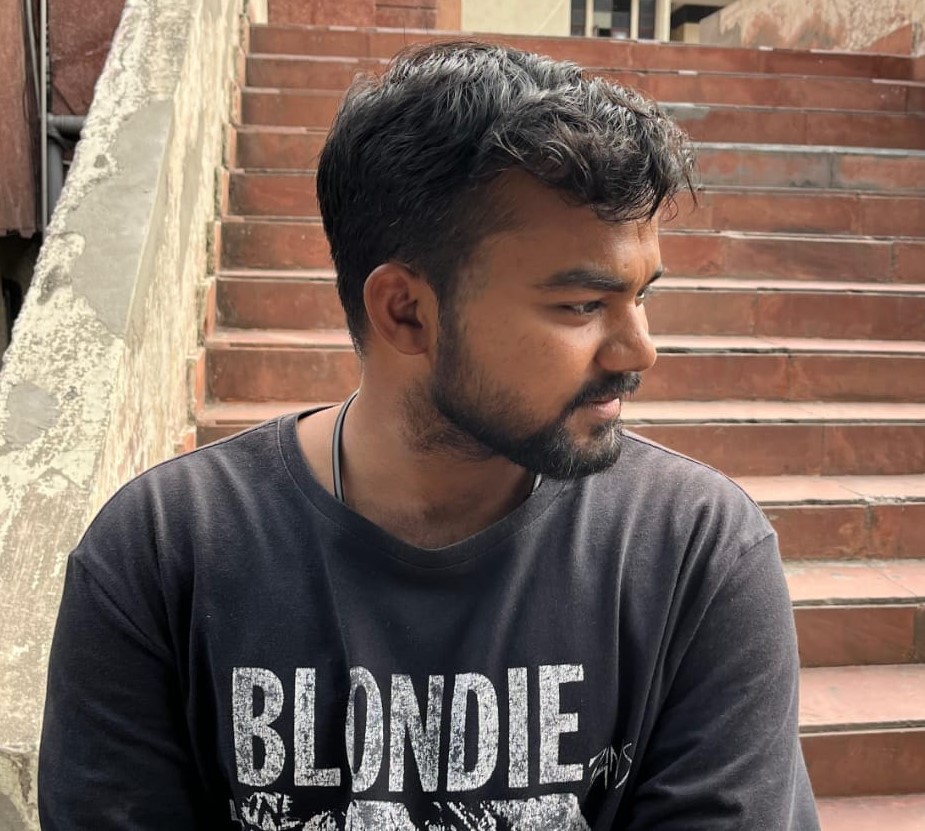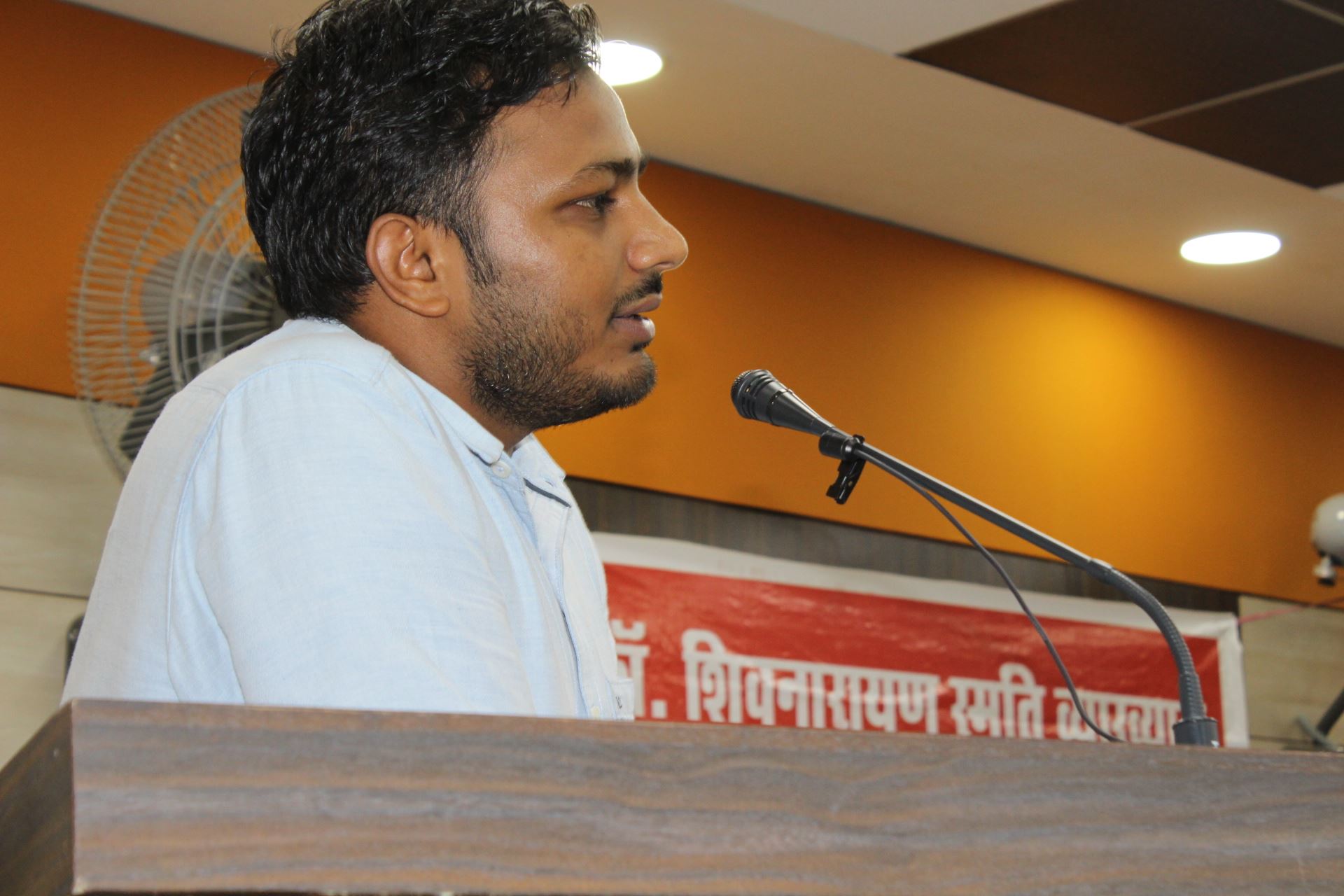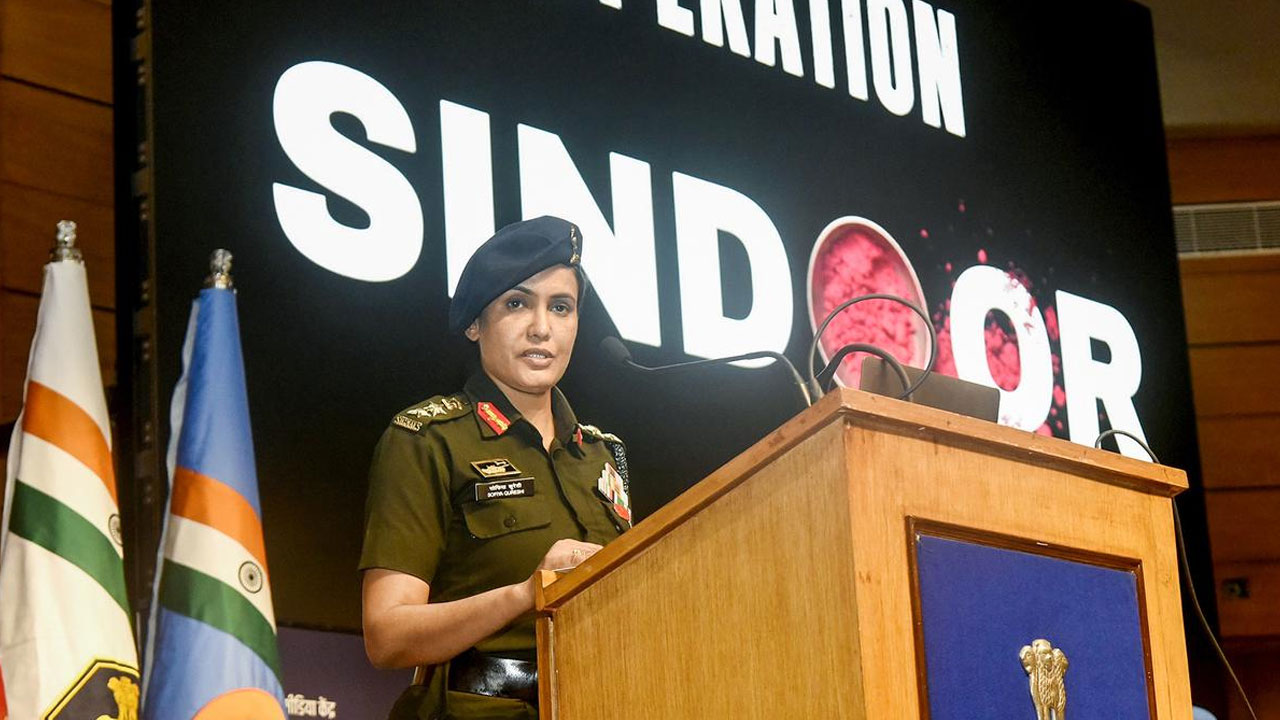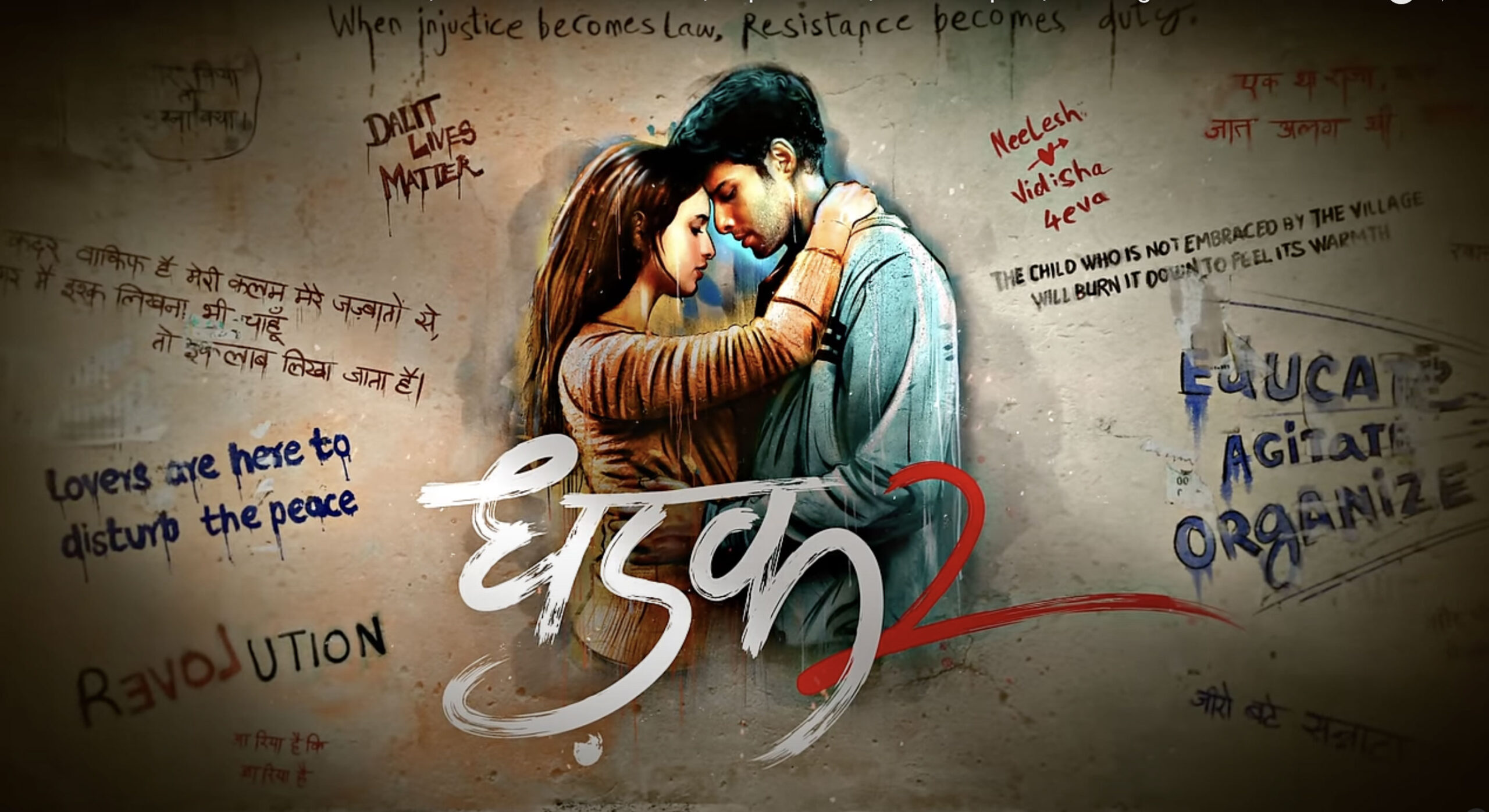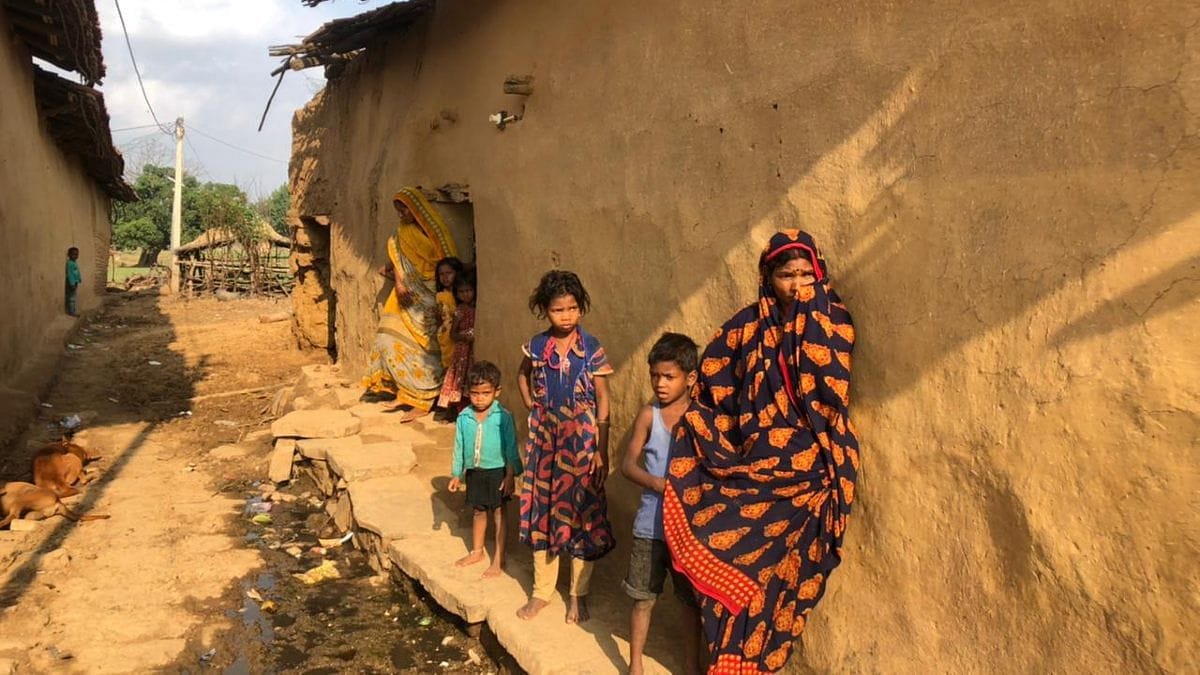Power is a complex concept. It gives rise to multiple meanings, interpretations and perspectives depending on the context. It is a web of social relations constituted by hierarchy, coercion and action. It shapes reality, conscience and political obligation. In the Indian context, caste hierarchy defines and places power in the social realm along with associated layers of obedience and submission. Therefore, it becomes necessary to understand power relations as determined by social reality.
In his book “Power: A Radical View” (1974), Steven Lukes identifies three dimensions of power. The first dimension, according to him, is “decisional power”. Power is defined as the ability to make decisions. Dominant groups make decisions in public spaces. The concentration power in the hands of a few and its application by them has been conceptualized by Robert Dahl, a pluralist thinker. In multiple arenas, making decisions constitutes the exercise of power. The second dimension of power is the “non-decision making power” theorized by Peter Bechrach and Mortan Baratz in their “Two Faces of Power”. This dimension of power here does not aspire to make decisions; instead it stresses on agenda-setting and influence, which could involve pushing or throwing out the agendas of the subordinate section. The exercise of power here is latent.
Steven Lukes himself has conceptualized the third dimension of power as thought control by interpreting the sociological, cultural and psychological aspects of a society. It is the most dangerous and insidious application of power. It is internalized and experienced as common culture, “influencing preferences” and “shaping desires”. This form of power serves the interest of the dominant class by altering the preferences of citizens who are unaware of being subject to cultural domination. Desires of the citizens are subjugated through ideological manipulation, socialization, dictating propaganda and turning popular discourse instrumentally. The regime controls and dictates the individual preferences subtly without even letting the subjects know that their thinking is being shaped. For the constant manufacturing of political obligation, this third dimension of power propounded by Steven Lukes is a necessary facilitator.
Louis Althusser is another major contributor to the conceptualization of power. He sets himself apart from the traditional understanding of Marxist ideology. He defines power through concepts like ideological state apparatus (ISA) and repressive state apparatus (RSA). To understand “state apparatus”, we need to understand Althusser’s definition of “ideology”. According to Althusser, ideology is a set of beliefs, a representation of reality and an instrument for maintaining power relations and for social construction.
The ruling class needs to reproduce the social structure, along with the hegemonic capitalist system. Therefore, to maintain the power relations, it has to reproduce the dominant ideology represented by the State. Consequently, power is represented as the manufacturing of dominant ideology. Power operates through the arenas of academics, media and religious institutions. For the successful implementation of the dominant ideology, “interpellation” plays the decisive role. Interpellation or hailing refers to the process of “subjectification” of individuals. Individuals are turned into “subjects” to reproduce the dominant culture, belief and ideology. They are alienated from their “actual reality” and deployed to serve specific interests. This false consciousness embedded in the subjects of the ideological state apparatus produces consent and political obligation to the dictates of the State. It is to be noted that the ISAs do not require force or coercion to exercise power.

ISAs largely determine the nature of hegemony and power, to perpetuate the constant suppression of the subordinate sections. They establish cultural norms, rituals and divinely ordained institutions for psychological enslavement. However, repressive state apparatuses are less influential in the formulation and application of the dominant ideology. RSAs are the police, courts, legal-political spaces that attempt to create fear in the subjects. It uses force or coercion to maintain power.
Althusser also believed that power constitutes the web, networks and relationships that are exercised not through individuals, but through the structure of the capitalist system. Arguably, both kinds of state apparatuses have some autonomy but ultimately represent and reproduce the dominant ideology. It is noteworthy that Antonio Gramsci too discusses the importance of an ideological struggle. Instead of “state apparatus”, he uses the term “civil society”.
According to Althusser, reality is complex. It encompasses ideological inclination and relativity. Realities are socially constructed for specific purposes, mediated by regular distortion of culture. The reality today may not hold true tomorrow. Having to manage ideological contradictions, realities are constantly adjusted. Reality shapes public opinion, consciousness and discourse. Therefore, one who controls reality, controls power in social structure.
The Indian context
In India, it is necessary to understand the position of toiling masses in terms of power relations and structures. Initially, caste inequality itself determined the power hierarchy in the Indian context. Power is already embedded in the caste system, in descending order from the top to bottom. The position of caste in the hierarchy determines its place in the power structure. The subordinate sections, SC, ST and OBC, who are trapped in a web of social networks, struggle for the material and social requirements against the hegemony of the upper castes, the Savarna. Dalits, Adivasis and OBCs are largely those directly engaged in the production of society’s material needs. The Savarna elite have a strong grip the decision-making dimension of power. They are the decision makers in all the existing spaces. For example, in academia, university department heads, college principals, chairmen and convenors of societies are largely from the upper castes. Therefore, they have the power to make decisions in the academic institutions. Influencing and agenda-setting at the structural and institutional level are done by these social elite. Anti-caste organizations and associations try to influence policies through strikes, protests and sit-ins. However, they remain merely pressure groups.
If we look at the Althusser’s conception of power, we can say there is a lot of space for ideological struggle. A regime that stresses on Hindu nationalism constantly attempts to determine public conscience, discourse, opinions and culture. While there has been significant representation of Dalits and Adivasi at the political level, they remain marginalized, isolated and alienated at the structural and institutional level. In both kinds of state apparatuses, Dalit and Adivasis have minimal representation, due to which they neither influence the agendas nor shape opinion. It would not be wrong to say that the struggle of non-Savarna groups is an ideological struggle. Constant struggle for representation at the institutional level will ultimately lead to Dalitbahujan assertion and determine the nature of decisions being made. The dominant Hindutva ideology tries to impose itself on all the existing arenas of intellectual struggle.
According to Althusser, “ideology represents the imaginary relationship of individuals to their conditions of existence”. The dominant Hindutva ideology of contemporary times has shaped the condition of Dalibahujan in many ways. It has led to institutionalization of Hindutva beliefs, norms and culture.
Like Dr B.R. Ambedkar ruthlessly exposed the cunning and brahmanical ethos of Gandhian belief in pre-Independence India, the Bahujan today have to reveal the brahmanical cunning of institutions and individuals. An Ambedkarite perspective of nationalism can provide alternative definitions for prevailing debates on the subject. Prof G. Aloysius, in his book “Nationalism Without a Nation” attempted to highlight the forgotten intellectual heritage of Dalitbahujan masses in the binary of Gandhian and Sangh’s views of nationalism. The homogenization process of Hindu nationalism suppresses the distinct cultural and ethnic identities. Take for instance, the myth of “Maharishi Valmiki”, which has been ingrained in a large section of the Dalit community. Through theoretical engagement and critical theories, subaltern groups can pose a strong challenge to these dominant discourses of homogenization.
Louis Althusser’s theorization thus offers insight into the process of “interpellation” adopted by Hindutva. Dr Ambedkar had already identified – in the context of India – the aspect of power that controls thoughts, as later conceptualized by Steven Lukes. He said, “I do not want to be misunderstood when I say that Brahmanism is an enemy which must be dealt with. By Brahmanism I do not mean the power, privileges and interests of the Brahmins as a community. That is not the sense in which I am using the word. By Brahmanism I mean the negation of the spirit of Liberty, Equality and Fraternity. In that sense it is rampant in all classes and is not confined to the Brahmins alone though they have been the originators of it. This Brahmanism which pervades everywhere and which regulates the thoughts and deeds of all classes is an incontrovertible fact.” (Dr Babasaheb Ambedkar: Writings and Speeches, Volume 17, Part III, p 177)
(Edited by Goldy M. George/Anil Varghese)
Forward Press also publishes books on Bahujan issues. Forward Press Books sheds light on the widespread problems as well as the finer aspects of Bahujan (Dalit, OBC, Adivasi, Nomadic, Pasmanda) society, culture, literature and politics. Contact us for a list of FP Books’ titles and to order. Mobile: +917827427311, Email: info@forwardmagazine.in)
